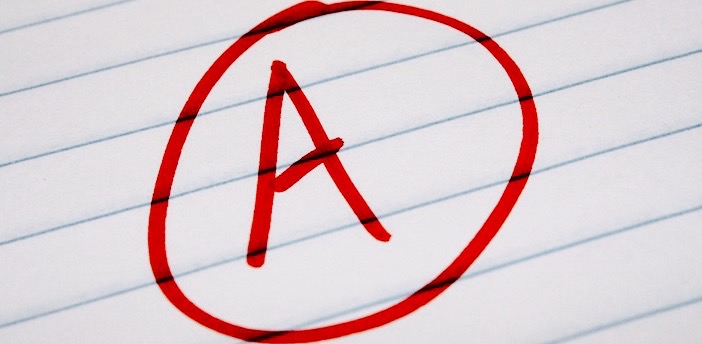
As Dan O’Donnell writes, a $2.6 billion federal windfall means the JFC was right to use state money elsewhere
June 2, 2021
Perspective by Dan O’Donnell
When is $15 billion not enough? When it can be used to hammer Republicans on the Joint Finance Committee (JFC), of course.
On Thursday, the JFC finished its work on education spending in Governor Evers’ biennial budget and raised total K-12 spending to $15.3 billion over the next two years. This follows a 9% increase in the previous budget, which increased spending from $14 billion to $15.2 billion.
Naturally, the 0.67% increase to $15.3 billion this biennium didn’t go over too well with educators.
“The JFC has voted to invest a mere $128 million of new state dollars toward K-12 education at a time when revenue estimates indicate there is close to $2 billion available in this biennial budget,” said the Southeastern Wisconsin Schools Alliance, which ironically needs some remedial math lessons.
According to the Legislative Fiscal Bureau, school districts across the state are set to receive roughly $2.6 billion in federal stimulus money from the three COVID-19 relief packages passed over the past 14 months, including a staggering $1.4 billion in direct payments from the most recent stimulus bill alone.
Even under Common Core arithmetic, $2.6 billion is still greater than $2 billion, isn’t it?
Recognizing that the federal windfall would more than cover the $2 billion in new spending Governor Evers’ original budget proposed, Republicans on the JFC decided to allocate that money elsewhere and instead devote $109 million in additional state funding to special needs education.
The $2.6 billion in federal money on top of this $128 million brings the total spent on K-12 education in the next biennium to a whopping $17.9 billion—an unheard-of increase of 17%.
One must be either willfully ignorant or staggeringly dishonest to pretend that Wisconsin’s schools aren’t going to be fully funded over the next two years. Moreover, one must be blind not to notice the fact that public school enrollment has dropped precipitously over the past two decades even as funding has steadily increased.
Total student enrollment topped 871,000 pupils in the 2002-2003 school year but sank all the way to 829,935 in the fall semester. That was down a full 3% from the 2019-2020 enrollment number of 854,959. The primary driver for the substantial one-year drop was, of course, the COVID-19 pandemic, but a major component of that was the fact that parents pulled their children out of public schools that refused to reopen.
Wisconsin’s public schools are as well-funded as they ever have been, and any suggestion to the contrary is simply dishonest.
Though it was accelerated by the pandemic, declining school enrollment has been a long-term trend that shows no signs of slowing, much less reversing. Still, both total K-12 spending and state aid to school districts have increased in every single budget.
This presents something of a paradox: If there are fewer students to educate, then why do taxpayers need to pay more per student—especially as student performance steadily declines?
“Wisconsin is dead last in African-American students in reading in the nation, falling 31 places since 1992,” noted Republican Senator Mary Felzkowski during a hearing last week. “Caucasian students have fallen from 6th to 27th in that same time period.”
The funding has increased every year—and declining enrollments have meant more is allegedly being spent per student every year—but student performance has dramatically and embarrassingly declined. When exactly are taxpayers allowed to ask for some accountability every time they open their wallets?
If the JFC’s actions survive Governor Evers’ veto pen, state and federal taxpayers will be paying $2,159.23 per student. Because of the manner in which the federal funds must be distributed, however, districts with more low-income students will receive far more.
“For instance,” the Wisconsin State Journal noted in April, “Milwaukee Public Schools is set to receive $798 million [in federal funding], or $11,242 per student; while the McFarland School District is only guaranteed $654,913, which amounts to $107 per pupil.”
In every state budget as well as in this round of federal stimulus, Milwaukee Public Schools (MPS) has been by far the best funded. It has yet to provide a measurable return on this investment. On its most recent Department of Public Instruction (DPI) report card, MPS received a 58.4, meaning that it “meets few expectations” for student achievement. As pathetic as this is, it is the highest MPS has scored in a decade.
By contrast, the McFarland School District—which receives a mere fraction of the funding of MPS—received a 78.8 on its most recent DPI report card, indicating that it “exceeds expectations.”
If student achievement were tied to funding levels, then why has McFarland succeeded while MPS has failed so consistently? This stark reality combined with the steadily declining enrollment numbers and the massive federal windfall render complaints about the JFC’s education budget actions both moot and ridiculous.
Wisconsin’s public schools are as well-funded as they ever have been, and any suggestion to the contrary is simply dishonest.
